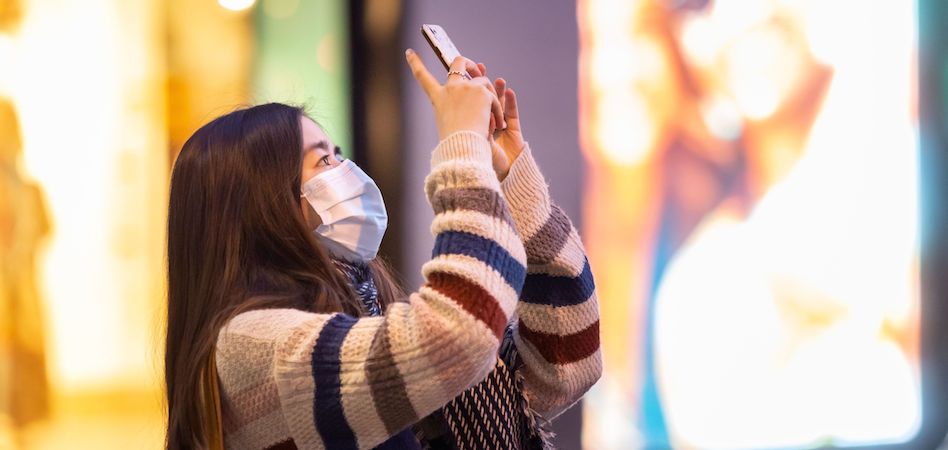Fashion, in jeopardy: nine out of ten companies threatened by corona crisis
A McKinsey report estimates that a two or three months lock down would bring a majority of players into financial distress situation.

Coronavirus puts fashion players in jeopardy. Nine out of ten listed companies in the sector could face financial distress if lock down lasts two or three months, according to a report by McKinsey.
Attempts to slow the spread of the coronavirus have progressively closed most stores worldwide. China, where the outbreak started, is today the only one where giants like H&M or Inditex keep their stores open.
Most large groups have already issued profit warnings, forecasting declines of up to 30% in the first quarter, when the shutdown affected only Asia and Europe and had just reached the United States.
According to McKinsey, before the crisis 38% of companies were already in trouble, that is, they had a negative ebitda or the ratio of net debt to ebitda was more than four.
If the closure lasts only one month, the period initially planned in countries like Spain, the percentage of companies in distress could reach 66%. In this scenario, McKinsey contemplates that annual sales could fall by 17%, taking into account one month of lockdown and another month of recovery.
If the measure lasted two months, 89% of companies in the sector would be in trouble. In this case, the consultant foresees a recovery period of two months, so the annual fall would amount to 33%.
The more pessimistic scenario, with three months of lock down, would lead 93% of companies to a financial distress, weighed down by an annual drop in sales of around 42% in 2020.
Online sales, far from offsetting the drop in sales due to the closure of stores, will also negatively impact the sector. The consultancy firm stresses that online traffic has decreased and that emotional purchases have been replaced by more functional transactions.
Between February 19 and March 17, traffic in fashion websites fell by 27% in the United Kingdom and 18% in Germany, the two European countries with the highest penetration of the online channel.
By sectors, McKinsey anticipates that the greatest impact will be in luxury, according to the first data collected in Germany. In the largest European economy, luxury sales plunged 33% in the eleventh week of the year, compared to 23% for players in the middle segment and 25% for low-cost and off-price chains.
The global pandemic has also impacted a sector in low hours. In 2018, only 44% of the companies in the sector were value creators, that is, they registered profits that exceeded the estimated cost of capital. In the past five years, the percentage of companies destroying value has almost doubled. Furthermore, the growth of the sector is highly concentrated: a few super-winners, according to McKinsey, account for 177% of the industry economic profit.

Lessons from China
In China, where retail activity has already begun to revive, the recovery is being progressive and will take even longer to reach the fashion sector. In March, when the reopening of stores began, 75% of citizens continued to avoid shopping malls. In addition, ten days after the restrictions were lifted there was a second wave of infections in Hong Kong, which was another blow to consumer confidence.
McKinsey predicts that consumption will not begin to recover until April and stresses that “the reopening of stores does not mean back to normal.” In this sense, although 64% of consumers in China assure that they will recover the same level of spending or more than before the Covid-19 crisis, between 50% and 70% have reduced their spending in fashion.


info@themds.com
Validation policy for comments:
MDS does not perform prior verification for the publication of comments. However, to prevent anonymous comments from affecting the rights of third parties without the ability to reply, all comments require a valid email address, which won’t be visible or shared.
Enter your name and email address to be able to comment on this news: once you click on the link you will find within your verification email, your comment will be published.